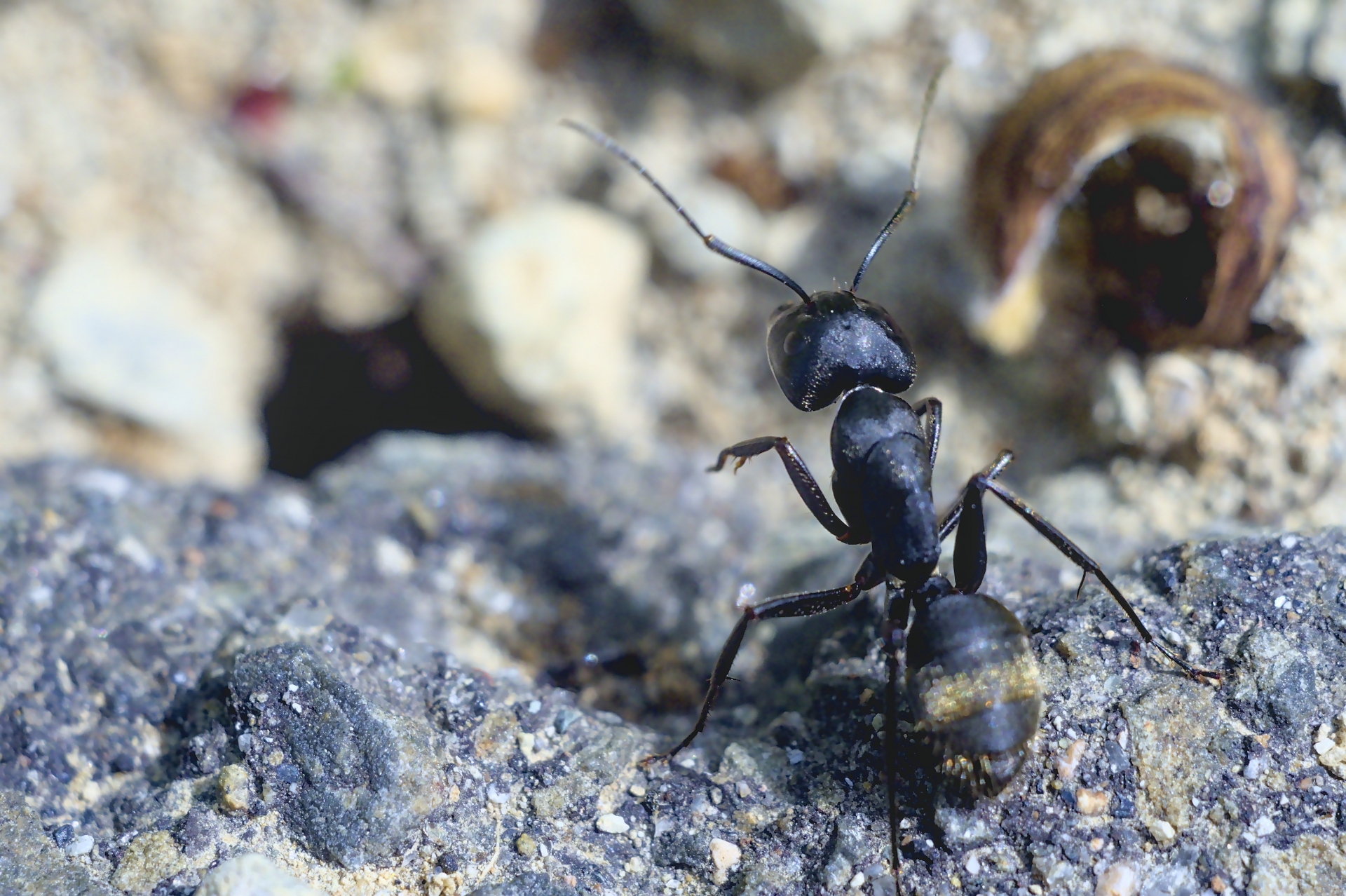The virus test: Defining life, organization, and self-replication
Here’s a pop quiz: Are viruses organisms? Before you answer, let’s agree on a super-simple definition of life: an organism is a self-replicating object consisting of a cell (or cells). Now, consider that viruses have no cell structure and cannot self-replicate without a host. In that sense, viruses might be considered a perfect counter-example to life. To tell you the embarrassing truth, I only learned this fact after the COVID pandemic started, despite thinking I was relatively smart.
The point I’m trying to make is that defining something as fundamental as “life” proves to be much harder than we imagine.
When I learned the truth about viruses, I immediately looked for the opposite counter-example: something that is never thought to be an organism, yet behaves exactly like one. My answer? An organization—a complex group of people. This fascinating parallel leads us straight to the concept of a “teal organization,” popularized by organizational theorist Frederic Laloux, and to our theme today: the necessity of the slackers.
The worker ant paradox: Why laziness is nature’s insurance policy
Laloux’s theory suggests that a group of people, when properly organized, begins to behave not like a collection of individuals, but like a single, self-regulating organism.
This immediately brought the famous Worker Ant Theory to mind (we finally made it!). An ant colony consists of a queen, a few drones, and a vast majority of worker ants. The theory states that worker ants naturally divide themselves into three groups: 20% are hard workers, 60% are normal workers, and 20% are lazy workers.
The crucial, counter-intuitive finding is this: even if you isolate only the hard-worker ants to make a new colony, 20% of them will soon become lazy. This stratification is believed to be a rule designed by nature to make the entire colony resilient—by keeping surplus labor (the lazy ones) in reserve for emergencies. This reserve capacity is nature’s insurance policy, ensuring the swarm functions as one resilient organism rather than a rigid group of individual high-performers.

My personal concern: Is our Hokkaido factory too efficient?
According to the Worker Ant Theory, the same stratification happens in most human companies. Only 20% of people (I sincerely hope I fall into the hard-worker category, but maybe I’m closer to the normal 60%) work really hard.
But what about our company here in Hokkaido? As far as I can see, all our production staff seem to work with an almost alarming level of commitment. For example, you see numerous KAIZEN (continuous improvement) boards posted all over our factory walls. They constantly measure processing times, hold regular meetings, and obsessively track productivity improvements.
This is where I, the owner, genuinely start to worry.
If this theory holds true, the fact that everyone seems to be a “hard worker” means we are operating without the natural safety net of those lazy, reserved ants. We have minimized our slack time and, potentially, maximized our fragility.
The resilience imperative: Why I’m leaving early today
I gradually worry about our organizational resilience. When a sudden crisis hits—a supply chain failure, an economic shock, or yes, another global pandemic—do we have the essential reserve capacity? Or are we, by being too efficient, actually inviting systemic failure?
In order to prepare for a future emergency, I believe we should collectively try to be a bit more lazy. Someone needs to sacrifice their productivity for the greater, long-term health of the organization.
I might start by leaving my desk early today. I assure you, I am convinced I am doing this purely for the sake of organizational resiliency and the long-term survival of the company. It’s not laziness, it’s strategic resource allocation. You’re welcome.

Shungo Ijima
He is travelling around the world. His passion is to explain Japan to the world, from the unique viewpoint accumulated through his career: overseas posting, MBA holder, former official of the Ministry of Finance.

